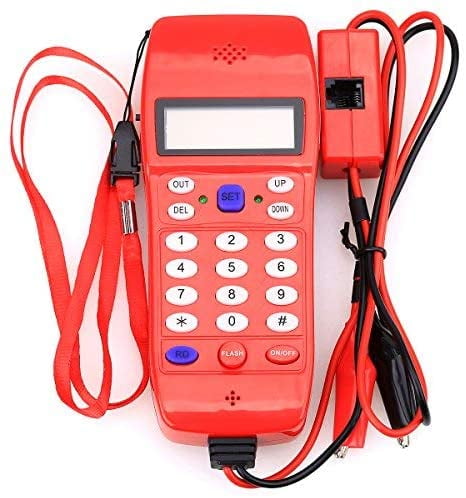

The tones are determined from the telephone keypad as follows: Specifically, the way DTMF signaling works is that each digit is transformed into a pair of tones (hence the name, dual tone, multi-frequency). I.e., the DTMF signaling system is a functionīoth the domain and the range of this function are sets of functions. Thus, the above system is a function that maps a function PhoneNumber into a function Sound. The set of all sounds is the function space

Of course, not all sequences of digits are valid phone numbers, so the set of all valid N digit phone numbers is a subset of the set of N-digit sequences, An N digit phone number, therefore, is a function The number can include any of the digits. The sound you hear is the DTMF signal for the number you entered. If you were able to run applets, you would have a DTMF demo here.

Enter a phone number in the entry box, and then type return.

DTMF signaling converts decimal digits (and the symbols '*' and '#') into sounds that share enough essential characteristics with voice to easily traverse circuits designed for voice. The internationally standardized way to do that is DTMF signaling, or dual-tone, multi-frequency. It converts sequences of numerical digits into signals that will easily traverse circuits designed for voice. Or you may connect to some service that asks you to enter your credit card number or account number, or asks you to respond to certain questions by pressing buttons on your telephone keypad.Ī system is needed that has the following structure: Moreover, you may connect to a long-distance carrier distinct from your local service provider before supplying the phone number you want to call. It has to do that over circuits designed to carry voice signals. Your telephone has to communicate with the phone company central office the phone number you are intending to call. A simple and ubiquitous example is telephone numbers. Nonetheless, it is frequently asked to carry other types of signals. The telephone network is designed to carry voice signals.


 0 kommentar(er)
0 kommentar(er)
